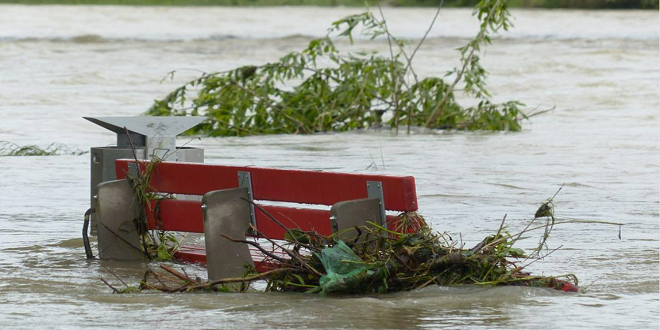The southeast coast of South Africa began to rain cats and dogs over the weekend, quickly causing serious floods and landslides, which hit deban city and surrounding areas. As the rainfall weakened, rescuers accelerated the search and rescue. The flood left thousands homeless and their lives at risk, disrupted electricity and water services, and covered the beautiful beaches with garbage. Durban, one of Africa’s busiest ports, has been disrupted by infrastructure damage. A provincial economic official estimated that the overall infrastructure loss in Durban exceeded US $684.6 million. Sihle zikalala, head of KwaZulu-Natal province, where Durban is located, also said that this is one of the worst floods in the province since records were made. “The destruction of human life, infrastructure and service delivery network in the province has never been seen before”.
How should enterprises ensure business continuity?
Disaster recovery refers to the establishment of two or more sets of IT systems with the same function in remote places, which can monitor the health status and switch functions. When one system stops working due to accidents (such as fire, earthquake, etc.), the whole application system can switch to another place, so that the system functions can continue to work normally. Disaster recovery and backup are actually two concepts. Disaster recovery is to ensure the normal operation of information system in case of disaster and help enterprises achieve the goal of business continuity. Backup is to deal with the problem of data loss caused by disaster. Before the emergence of integrated disaster recovery and backup products, disaster recovery system and backup system were independent. The ultimate goal of disaster recovery and backup products is to help enterprises deal with human misoperation, software error, virus invasion, hardware failure, natural disasters and so on.
To ensure business continuity, you should backup data regularly. Only in this way, the system can be restored in time and the business continuity can be ensured in the event of disasters or human failures.
By using Vinchin Backup & Recovery, you can instantly recover the entire VM and all its data from any restore point (no matter if it’s a full backup, incremental backup, or differential backup) without any effect on the original backup data. Any deduplicated or compressed backups can be recovered. It is an excellent solution to ensure enterprise business continuity and minimize the loss of crucial business interruptions caused by disaster or system failure.
You can also quickly verify the backup data availability by instantly recovering the target VM to an isolated area in a matter of minutes. Make sure when a real disaster occurs, all the VMs can be recovered and the data inside is not lost or damaged. Vinchin supports the world’s most mainstream virtual environments and provides solutions such as VMware backup, XenServer/XCP-ng backup, Hyper-V backup, RHV/oVirt backup, etc.
 Naa Business World Business News Hub
Naa Business World Business News Hub




